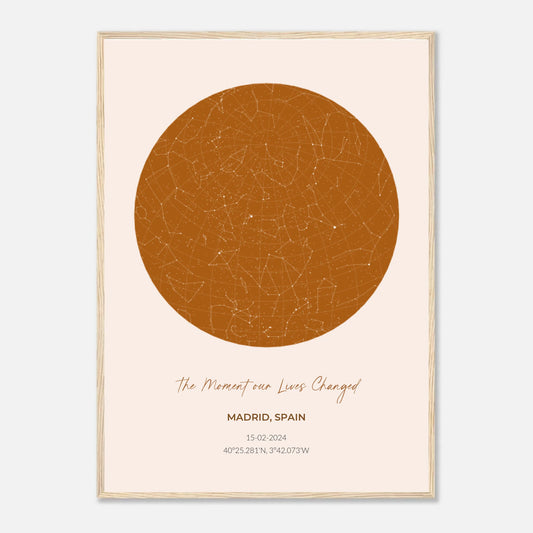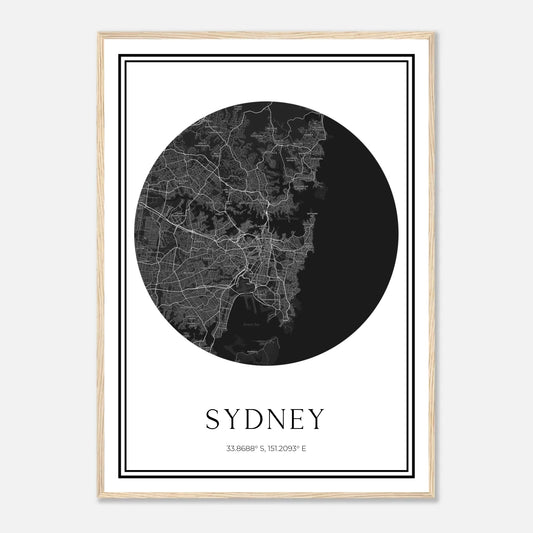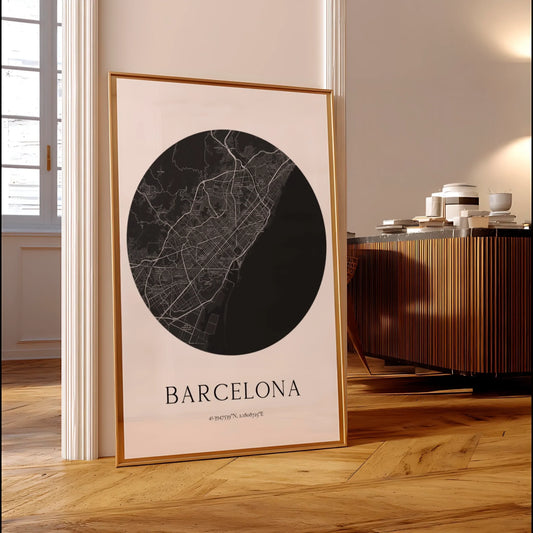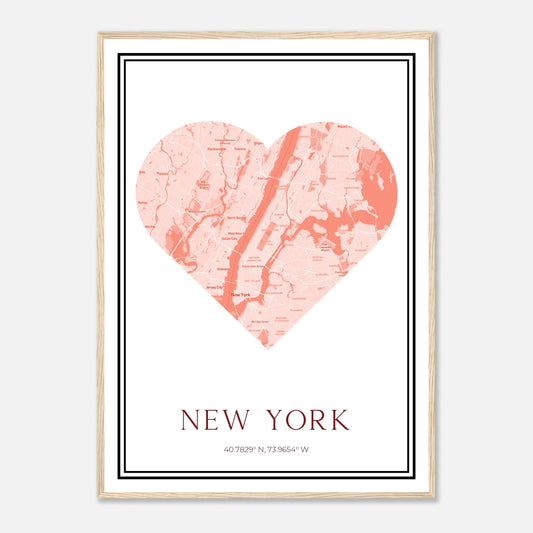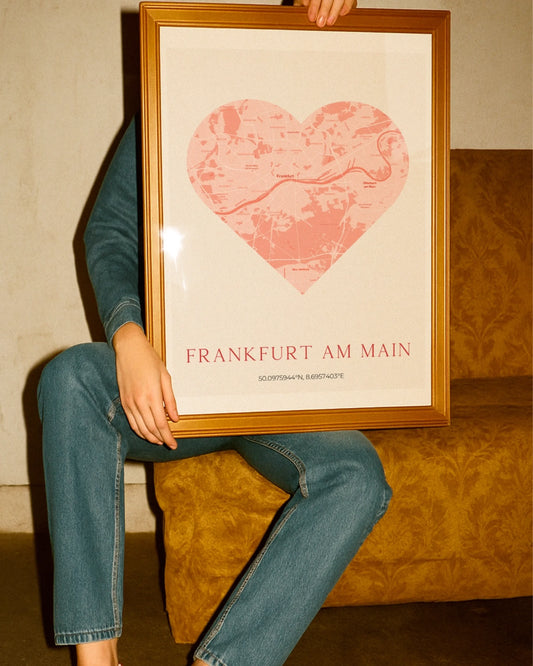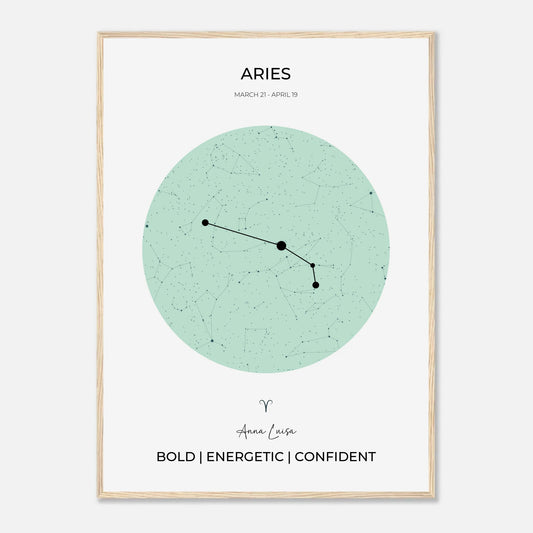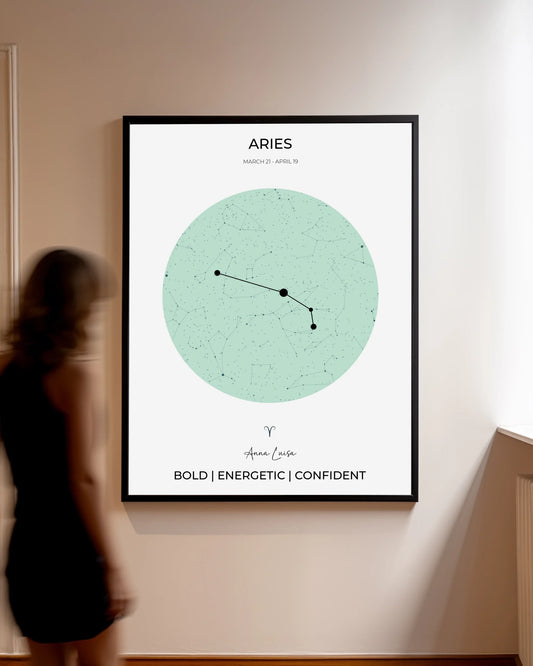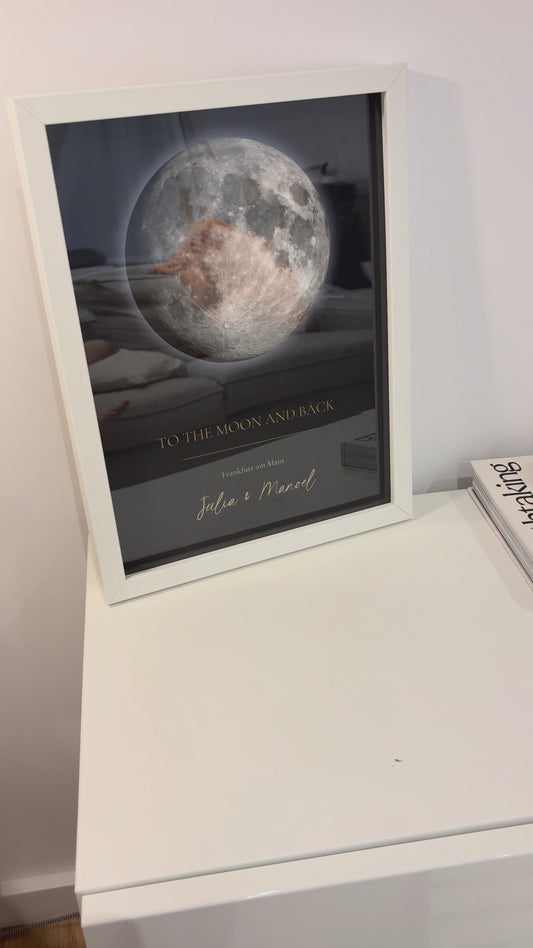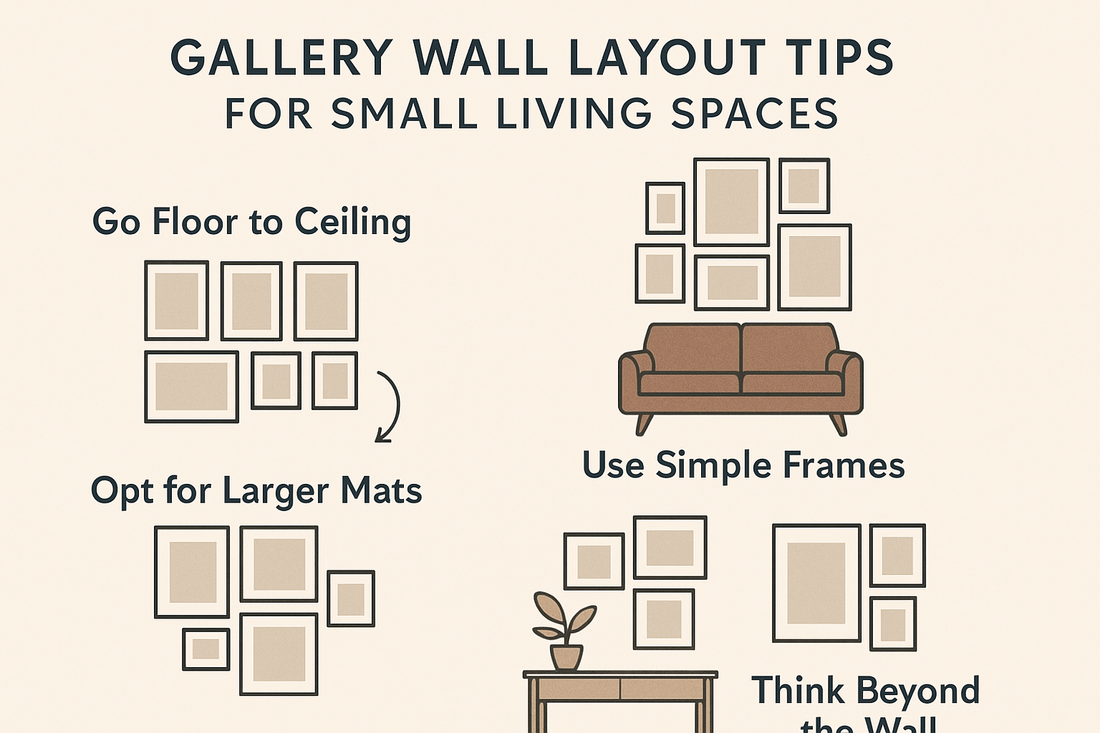
Gallery Wall Layout Tips for Small Living Spaces
WallfullyShare
Understanding Spatial Dynamics in Compact Living Areas
Creating an impactful gallery wall in diminutive living spaces requires astute understanding of spatial relationships and visual proportionality. The confined parameters of small rooms demand meticulous consideration of every design element, transforming limitations into opportunities for creative expression.
Small space gallery wall layout ideas begin with recognizing the psychological impact of well-curated wall arrangements. Vertical real estate becomes precious commodity when floor space remains at premium. Strategic placement of artwork can manipulate perceived room dimensions, creating illusions of expanded space while maintaining aesthetic coherence.
The juxtaposition between wall surface and artwork demands careful calibration. Overcrowding diminishes visual impact, while sparse arrangements may appear disconnected or underwhelming. Understanding these fundamental principles establishes the foundation for successful gallery wall implementation in compact environments.
Strategic Planning and Measurement Techniques
Establishing Focal Points
Identifying primary focal points precedes any physical arrangement. Small living spaces benefit from singular, cohesive focal walls rather than dispersed artistic elements throughout multiple surfaces. This concentrated approach prevents visual fragmentation while maximizing decorative impact within confined parameters.
Consider the room's natural sight lines and traffic flow patterns. The wall immediately visible upon entering typically serves as optimal canvas for gallery arrangements. Secondary considerations include furniture positioning, lighting sources, and architectural features that might complement or compete with artistic displays.
Precision Measurement and Template Creation
Accurate spatial assessment eliminates costly placement errors and ensures harmonious proportions. Begin by measuring wall dimensions, accounting for baseboards, crown molding, and existing fixtures. Create paper templates matching each artwork's exact dimensions to facilitate experimental arrangements without damaging walls.
The template method allows infinite configuration testing before committing to permanent placement. Tape templates to walls, step back frequently to assess visual balance, and photograph promising arrangements for comparison. This methodical approach prevents the common pitfall of impulsive positioning that often results in asymmetrical or poorly scaled displays.
Curating Personalized Art Collections for Maximum Impact
Small spaces demand thoughtful curation over quantity-focused approaches. Each piece must earn its position through meaningful contribution to the overall aesthetic narrative. Personal significance enhances emotional connection while ensuring long-term satisfaction with artistic choices.
Wallfully's custom wall art collections offer unique solutions for space-conscious homeowners seeking personalized gallery elements. These bespoke pieces—including star maps commemorating significant dates, location maps marking meaningful places, and song lyrics with scannable QR codes—provide intimate storytelling opportunities within compact display parameters.
The sustainable production methods employed by Wallfully align with modern environmental consciousness while delivering premium quality suitable for sophisticated interior design schemes. Each piece arrives framed and installation-ready, eliminating additional preparation time and ensuring consistent presentation standards across diverse collections.
Custom artwork serves dual purposes in small space applications: maximizing personal relevance while optimizing visual coherence. Rather than collecting disparate pieces hoping for eventual harmony, purposeful commissioning ensures thematic consistency and appropriate scale from project inception.
Balancing Personal Significance with Aesthetic Cohesion
Meaningful artwork transcends mere decoration, transforming walls into visual autobiographies. However, sentimental value must harmonize with design principles to achieve successful gallery wall implementation. Consider color palettes, frame styles, and subject matter consistency when selecting pieces for display.
"The most compelling gallery walls tell cohesive stories while maintaining visual rhythm through thoughtful curation and strategic placement."
Establish unifying elements—consistent framing, complementary color schemes, or thematic connections—to create visual continuity across diverse subject matters. This approach allows personal meaning to coexist with sophisticated design sensibilities.
Layout Configurations for Optimal Visual Flow
Linear Arrangements for Narrow Spaces
Horizontal linear configurations excel in narrow corridors or above furniture pieces with extended profiles. This approach emphasizes width perception while maintaining clean, uncluttered aesthetics appropriate for minimal square footage environments.
Maintain consistent spacing between pieces—typically 2-3 inches proves optimal for residential applications. Align artwork along common horizontal axis, usually centering pieces at 57-60 inches from floor level to accommodate average sight lines.
Geometric Clusters for Feature Walls
Geometric arrangements create structured focal points suitable for primary wall surfaces in small living areas. Square or rectangular configurations work exceptionally well when space permits more substantial displays without overwhelming room proportions.
Begin cluster arrangements with largest or most visually dominant piece, positioning it slightly off-center to create dynamic tension. Build outward systematically, maintaining balanced visual weight distribution across the entire composition.
Organic Salon-Style Adaptations
Traditional salon-style hanging adapts beautifully to small spaces when executed with restraint. Dense arrangements maximize wall coverage while creating museum-quality displays within residential settings.
Limit salon-style arrangements to single accent walls to prevent overwhelming compact spaces. Begin with perimeter pieces, working inward to fill gaps systematically while maintaining consistent spacing between all elements.
Scale and Proportion Mastery
Proper scaling prevents artwork from dominating or disappearing within small room contexts. Large pieces can actually enhance space perception when proportioned correctly, while multiple small pieces might appear cluttered despite occupying identical wall area.
| Room Dimension | Recommended Artwork Size | Maximum Gallery Width |
|---|---|---|
| 8x10 feet | 16-24 inches | 48-60 inches |
| 10x12 feet | 20-30 inches | 60-72 inches |
| 12x14 feet | 24-36 inches | 72-84 inches |
Consider furniture relationships when determining artwork scale. Gallery walls above sofas should span approximately two-thirds of furniture width, while standalone walls permit more generous proportions relative to room dimensions.
Color Coordination and Visual Harmony
Establishing Cohesive Color Narratives
Color coordination transcends simple matching, encompassing sophisticated understanding of chromatic relationships and their psychological impacts within confined spaces. Monochromatic schemes create serene, expanded feeling environments, while controlled color contrast adds energy without overwhelming compact rooms.
Extract dominant colors from existing furnishings, textiles, or architectural elements to inform artwork selection. This approach ensures gallery walls complement rather than compete with established room aesthetics.
Frame Selection Strategies
Frame consistency provides visual anchoring that unifies diverse artistic subjects and styles. Uniform framing creates gallery-quality presentation while simplifying composition decisions in space-constrained environments.
Consider frame profiles carefully—narrow profiles suit delicate artwork and tight spaces, while substantial frames complement bold pieces and larger wall areas. Metallic finishes reflect light effectively in darker small spaces, while natural wood adds warmth to contemporary settings.
Lighting Integration for Enhanced Presentation
Proper illumination transforms gallery walls from static displays into dynamic focal points that evolve throughout daily lighting cycles. Small spaces benefit particularly from strategic lighting design that enhances both artwork and overall room ambiance.
Picture lights, track systems, or strategically placed accent lamps create targeted illumination that highlights textural details and color nuances often lost under general room lighting. Battery-operated LED strips offer installation flexibility in rental situations or locations lacking convenient electrical access.
- Position lighting to minimize shadows and glare on glass-covered artwork
- Use warm-toned LED bulbs to enhance skin tones in photographic pieces
- Consider dimmer controls for adjustable ambiance throughout different times of day
- Avoid direct lighting on valuable or sensitive artwork to prevent fading
Installation Techniques and Hardware Selection
Professional-quality installation ensures lasting beauty and prevents costly damage to both walls and artwork. Small spaces often feature unique challenges including concrete walls, metal studs, or weight restrictions that demand specialized hardware solutions.
Picture hanging systems with adjustable cables offer flexibility for frequent rearrangement without additional wall damage. These systems prove particularly valuable in rental situations or for individuals who enjoy periodically refreshing their displays.
Weight Distribution and Wall Protection
Proper weight distribution prevents wall damage while ensuring secure artwork mounting. Use appropriate anchors for wall construction type—toggle bolts for hollow walls, concrete screws for masonry, and wood screws for solid backing.
Consider cumulative weight when planning multi-piece arrangements. Distribute heavy pieces across multiple wall studs when possible, and avoid clustering excessive weight in single locations.
Common Pitfalls and Professional Solutions
Avoiding predictable mistakes accelerates successful gallery wall creation while preventing costly corrections. Height miscalculations rank among the most frequent errors, followed closely by inadequate spacing and poor scale relationships.
Hanging artwork too high creates disconnection from living space occupants, while positioning too low risks furniture interference and cramped visual relationships. The 57-inch rule provides reliable starting point, though individual circumstances may warrant adjustments.
Rushing the planning phase often results in asymmetrical arrangements or poor proportion relationships that require extensive correction. Invest adequate time in template experimentation and measurement verification before committing to permanent placement.
Maintenance and Evolution Strategies
Gallery walls require periodic assessment and potential reconfiguration to maintain visual freshness and accommodate changing preferences or life circumstances. Small spaces benefit from flexible arrangement systems that facilitate easy modifications without extensive reinstallation.
Seasonal rotation keeps displays dynamic while protecting artwork from prolonged light exposure. Store rotated pieces in acid-free materials within climate-controlled environments to preserve long-term condition and value.
Document successful arrangements photographically before making changes to facilitate restoration of preferred configurations. This practice proves invaluable when experimenting with new pieces or seasonal variations.
Regular cleaning and condition assessment ensures lasting beauty and identifies potential issues before they become costly problems. Dust artwork gently with soft brushes, and monitor for signs of fading, warping, or frame deterioration that might require professional attention.

